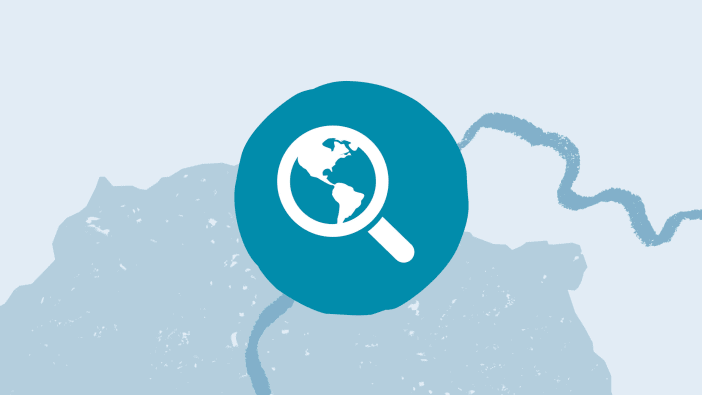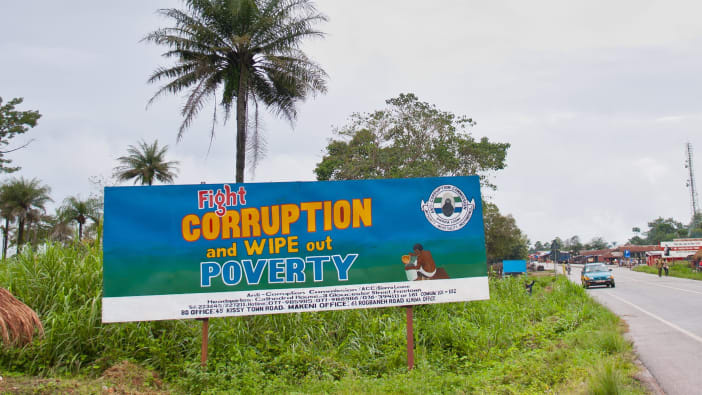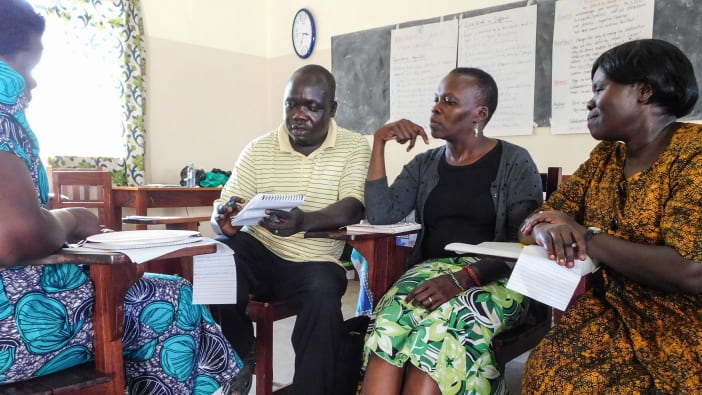Many people wonder why they have to pay for water, a product which is available naturally. Though there seems to be plenty of water on this earth, less than one percent is available in a form that is suitable for human consumption. Water must be transported, stored, and distributed to the consumer. These activities need financial and human resources.
The effectiveness of an organisation providing urban water supplies is usually judged by two key indicators – service levels and sustainability. If the organisation is providing a good water supply or service, the next question is whether it is sustainable over a long period of time. Many organisations supplying water in low income countries face problems over service levels and sustainability because the users are unwilling or unable to pay for the service.
In some cases there are historical reasons which explain why people are unwilling to pay. For example, at independence, many African countries tried to provide free services. Often this was possible because populations were small and economies were healthy because of the high prices received for exports of cashcrops. Water demands were also low because of low literacy and poor awareness rates of the importance of clean water.
Later the early infrastructures began to deteriorate, requiring higher maintenance levels and, sometimes, complete replacement. Also, with the high population growth rates in many low-income countries, there was a clear need to expand water supplies. The result was that water supplies deteriorated as demand increased and the economy worsened.
Cost recovery for sustainability
The capital development budgets of many water utility companies in low income countries are mainly financed by external donor agencies or through local loans. Given the changing international environment, donor funds are beginning to run out. Urban water supply organisations are therefore left with no choice but to charge so that their services can become effective, efficient and sustainable.
Water prices must be based on the actual cost of delivering the service to the users.
This includes:
Production costs – for operation and maintenance, including electricity bills, water treatment costs, materials, supplies, spares and equipment, payroll, fuels, oils and repair of leaks.
Capital costs – to cover long-term investments such as pumping equipment, extension of distribution pipes, reservoirs, land and water rights.
Short-term capital costs – such as transport, metering costs, connection charges and laying of services.
Loan repayments.
If costs are not met…
What happens if the real costs of water supplies are not met? The following are some of the consequences for the water supply organisation:
FINANCIAL
- Organisations unable to balance their budgets and always in debt.
TECHNICAL
- Unable to attract good, technically capable staff.
- Unable to expand services due to lack of funds and lack of staff motivation.
- No research into new ideas, including appropriate technologies, causing permanent dependence on expensive imported technology.
INSTITUTIONAL
- Unable to develop good institutional structures.
- Unable to attract suitable staff.
- Unable to carry out effective training.
- Unable to develop organisational independence.
HEALTH
- Unable to supply good quality services, due to irregular supplies of necessary chemicals, poor maintenance practices and poor quality control (again, partly due to lack of staff motivation).
- Intermittent supply of water, together with high water losses, resulting in low quantity of water supplied.
- Water supplies fail to reach a high percentage of the population, leading to high incidence of water-related diseases and resulting in high infant mortality rates and low life expectancy.
SOCIAL
- Water supplies would be low, and normally concentrated among the high income, more powerful groups. The poor are often ignored as a result.
- Few job opportunities available because of lack of expansion of services.
- Poor health has social implications.
ENVIRONMENTAL
- Higher risk of environmental pollution due to use of cheap but environmentally unfriendly methods of water extraction and provision and waste water discharge.
- Overuse and misuse of water due to its cheapness, resulting in water source over-exploitation. In the case of water used for irrigation, this could lead to inundation of land and sometimes salination of the land.
POLITICAL
- All the above consequences affect the political climate of the society and can lead to friction between leaders and society.
Conclusion
I believe it is therefore essential for those who benefit from water services to pay some fees to ensure a sustainable service. Ideally the fees charged should cover the full cost of supplies. However, income in the majority of households in low income countries falls below the so-called poverty line of $200 per person per year. Such incomes may not sustain the usually sophisticated technology that is often imposed onto the third world. Overall costs could be reduced if organisations considered instead using affordable and appropriate technology.
Different levels of service could be provided for users in different income brackets. Much higher fees could be charged to wealthy households, with the intention of providing subsidies for the poorer. This could also be done by including water costs in a national taxation system.
Whatever the fees charged, whether subsidised or not, users should pay a contribution, which helps encourage a sense of ownership. This ensures that users value the service, guard the installations jealously, and may be willing to help with operation and maintenance, given a good level of mobilisation.
Sam Kayaga works for the National Water Supply and Sewerage Corporation of Uganda, PO Box 7053, Kampala, Uganda.









